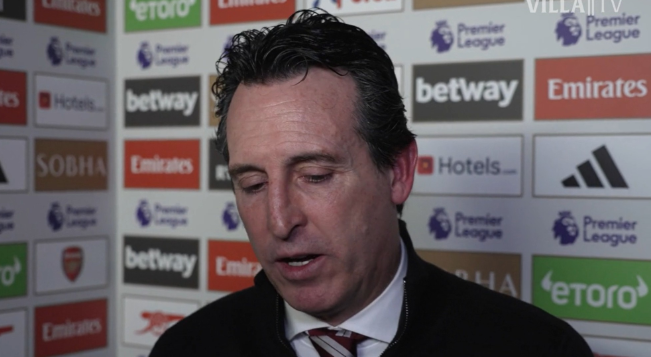
Recently, I've seen seniors around me posting expository articles about the 2017 Taipei World University Games on Sports Insight, which inspired me to write this one.
Dome, athletes village and soccer stadiums, the past few days by the media friends and the public's attention to the soccer stadium: in the end, artificial grass is good or natural grass is good? For the first time to focus on this topic thanks to this news article World Games artificial turf threatened to spend 1.4 billion parliamentarians questioned the unnecessary.
First of all, I would like to make a clarification in response to the notion put forward by Mr HUI, as pointed out in the text:
North City Councilor Xu Shuhua also said: In fact, we have no need for a World Grand Prix event, each pavilion must be paved with artificial turf to deal with, that obviously we know, soccer in Taiwan is not the main project, more in line with the international tournament with the artificial turf, that the other on the use of natural turf to pave on the good, so that you can save more funds.
As a matter of fact, the soccer field that is more compatible with international tournaments is natural turf. In the past, FIFA's field specifications also used natural grass as a certified field. It is only in recent years that artificial turf has been allowed to be used in official soccer tournaments after two-star certification.
In addition, the cost difference between natural grass and artificial grass is in fact not as exaggerated as the 1.4 billion v.s. 580 million stated in the news, and the cost of each surface of an artificial grass field (excluding peripheral ancillary facilities) is about 25 million to 30 million. The cost of natural grass varies greatly depending on the quality of the field.
The natural turf used for soccer fields is actually a far cry from what we generally think of as school playground grass (perhaps the news is referring to school playgrounds when it says they are much cheaper).
In the past, the grassy playgrounds and soccer fields that we think of have the following characteristics: the floors are hard as hell, the water pools when it rains, the grass is either a pile of weeds or bald and uneven, and it is definitely not as green as the green grass that we see when we watch the World Cup Soccer matches.
Overseas soccer venues (taken to the net)
First of all, we have to understand the composition and construction process of the correct natural soccer turf, as shown below:
What's the key? It's the brown layer underneath the lush green turf. What is it? It's sand!
Why are domestic soccer fields prone to waterlogging? Because it's dirt. Why is the geology of domestic soccer fields hard? Because it's dirt. Why is domestic turf easily damaged? Because water accumulates in the surface layer, the grass roots do not need deep roots to have enough water, so the grass roots are all in the surface layer of the soil.
According to the FIFA norms, a certain percentage of sand, soil and gravel gradation is regulated in the topsoil of planted grass. This naturally affects the cost of the natural grass, as well as the subsequent maintenance costs.
You can imagine the desert scene. Why are there so few plants in the desert? In addition to the water source, it is because the sand itself does not have much nutrients, so the subsequent maintenance and fertilization of the site becomes a very important cost. Does water accumulate in the desert? In addition to the rapid evaporation of the scorching sun, rainwater will quickly seep into the sand as soon as it falls on the sand, and therefore desert plants, in order to find water, the roots will be extended particularly deep, in order to facilitate the search for water in the ground, which is why it is not easy to use sand paved with grass roots not easy to be shoveled into the stadium waterlogging and not easy to be shoveled out of the ground.
If you look at a professional natural grass pitch, its cost is not inferior to artificial grass, but more importantly, it is in the subsequent maintenance costs and usability, with foreign soccer clubs on the maintenance of grass can be said to be like taking care of babies as well as the care of the most extreme, playing holes, fertilizers, seeding, light, sterilization, in the absence of professional soccer and soccer has not yet been prevalent in Taiwan, it is only the government to take responsibility for the (taxpayers' money) or to let it return to the school playground as suitable for men, women and children to picnic together, and then come back to renovate the next major sports tournament. Let it go back to being a school playground for men, women and children to have picnics together, and then refurbish it the next time a major sports event is held.
This is why artificial grass products have been introduced.
The benefits of artificial turf are nothing more than: low maintenance, high frequency of use, allowing countries with unsuitable climates to use it and indoor soccer fields.
However, relative artificial turf will not have only advantages, from the past foreign literature pointed out that: athletes are still accustomed to play on natural grass, and in natural grass is less likely to be injured (professional sand soft, strong support of grass roots).






























